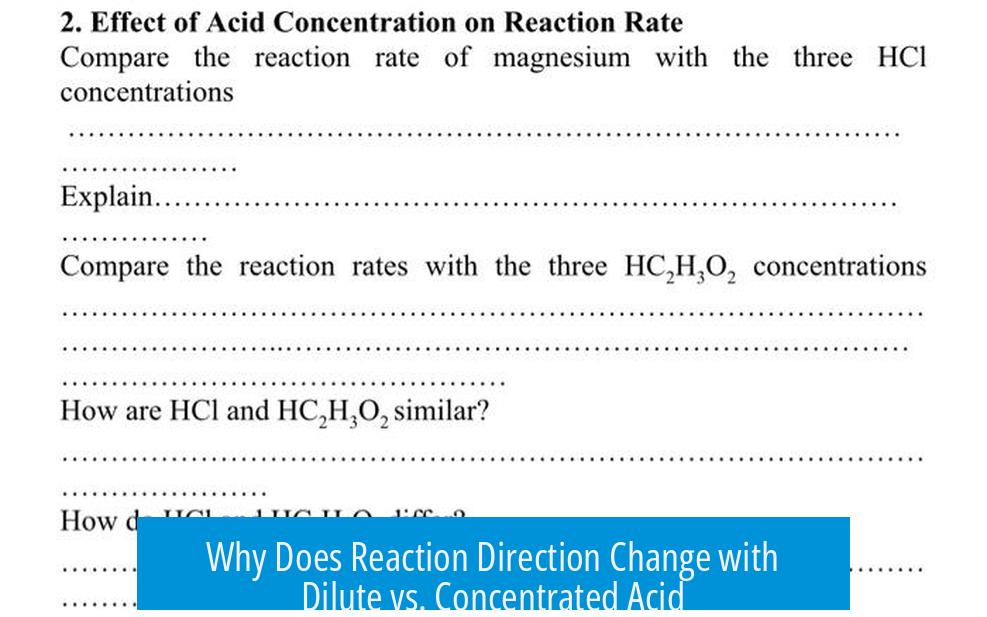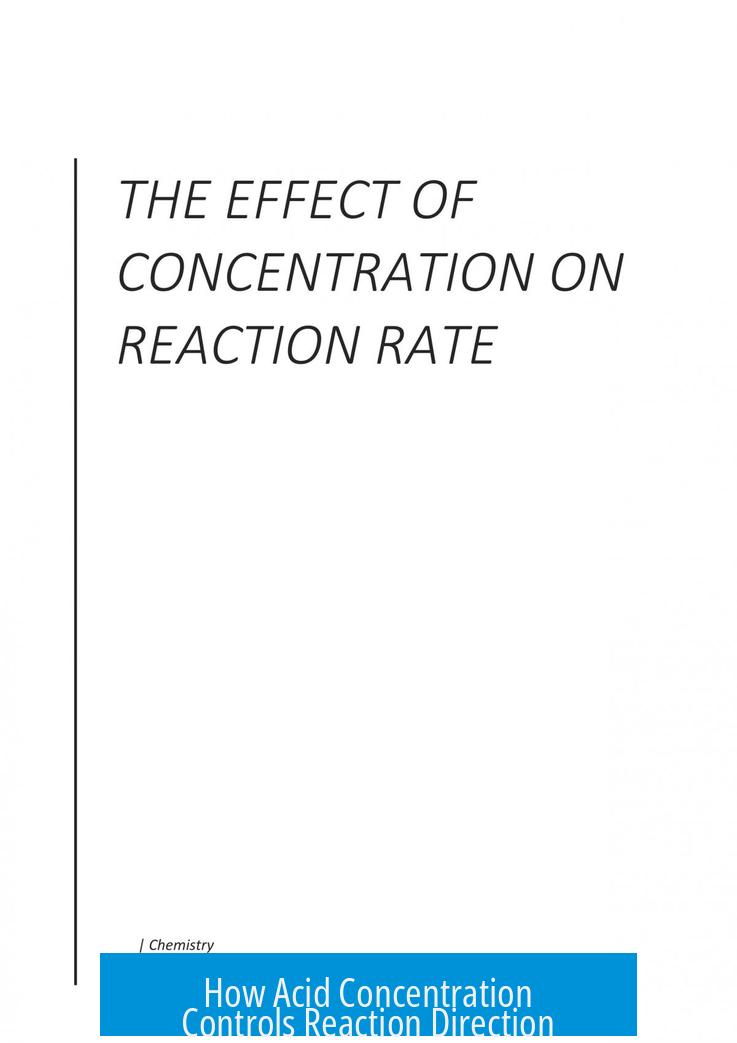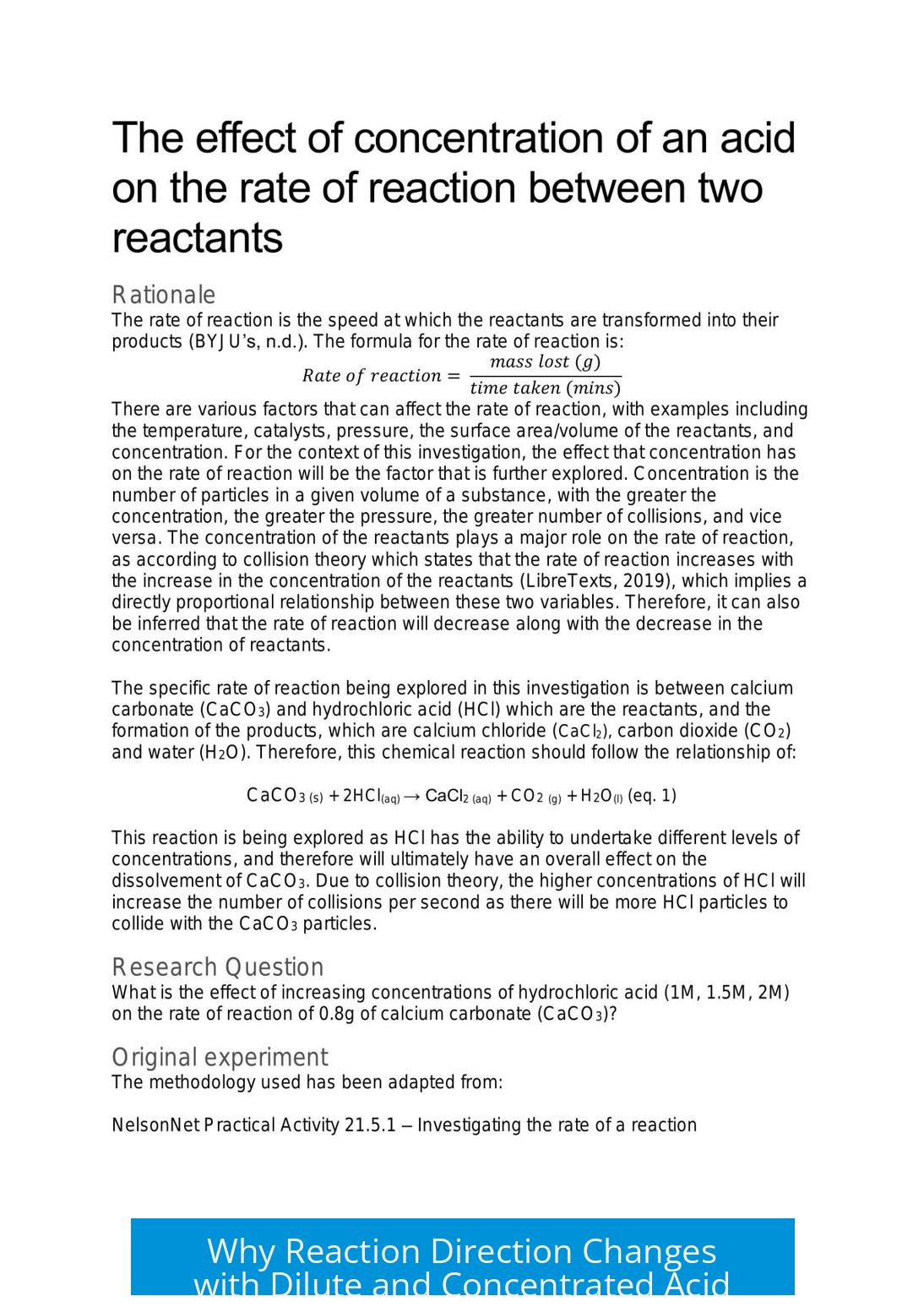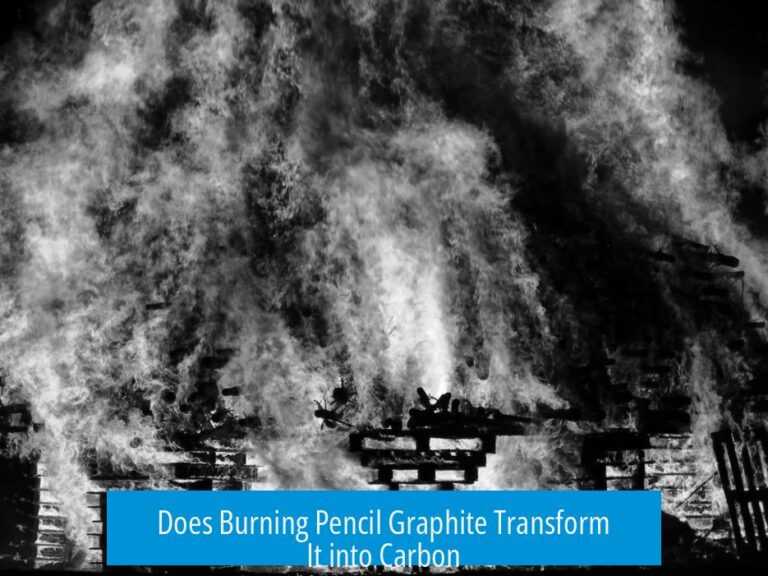Why Does Reaction Direction Change with Dilute vs. Concentrated Acid?

The reaction direction depends on acid concentration because dilute acid promotes nucleophilic addition by water, driving the equilibrium toward the product (alcohol), while concentrated acid favours elimination by protonating the alcohol, driving equilibrium back to reactants (alkene). This effect arises primarily from the different roles of water (H2O) and hydronium ions (H3O+) under varying acid concentrations.
Understanding the Role of Water and Hydronium Ion in Equilibrium
The key lies in the relative amounts of water and hydronium ions in the reaction mixture. In dilute acid, water is abundant, and hydronium ion concentration is low. Conversely, concentrated acid has a high concentration of H3O+ and relatively little free water.
- Dilute Acid: High [H2O], low [H3O+]
- Concentrated Acid: Low [H2O], high [H3O+]
This difference influences which species acts as a nucleophile or leaving group. Water acts as a weak nucleophile attacking the alkene double bond in dilute acid. Hydronium, being protonated water, is less nucleophilic and promotes protonation of the alcohol leading to elimination in concentrated acid.
Water as Nucleophile in Dilute Acid
With dilute acid, plentiful water molecules attack the alkene’s electron-rich double bond. This nucleophilic attack opens the double bond and leads to an alcohol product after proton transfer steps. The low hydronium concentration means fewer protonated alcohols revert back through elimination.
Thus, in dilute acid, the equilibrium shifts from left (alkene) to right (alcohol), favoring addition (hydration).
Hydronium Ion and Protonation in Concentrated Acid
In a strongly acidic and dehydrating medium like concentrated sulfuric acid, hydronium ions are abundant. They readily protonate the alcohol’s hydroxyl (-OH) group, converting it into a better leaving group (R-OH2+).
Once protonated, the group can leave as water. This creates an alkene through elimination, causing the reaction equilibrium to move from right (alcohol) back to left (alkene).
Hence, concentrated acid favours elimination over addition by driving the reaction backward.
How Acid Concentration Controls Reaction Direction

| Condition | Dominant Species | Reaction Type | Equilibrium Direction | Outcome |
|---|---|---|---|---|
| Dilute Acid | Water (H2O) | Acid-Catalyzed Addition (Hydration) | Left to Right | Alkene → Alcohol |
| Concentrated Acid | Hydronium Ion (H3O+) | Acid-Catalyzed Elimination (Dehydration) | Right to Left | Alcohol → Alkene |
Effect of Acid Strength and Solvent
The kind of acid and solvent affect the equilibrium and products formed. Strong acids like sulfuric acid act as both strong proton donors and dehydrating agents. Their ability to remove water helps push elimination forward.
Hydro-halogen acids (HCl, HBr) may lead to addition of halogens rather than simple hydration or dehydration. Phosphoric acid (H3PO4) is another acid commonly used in hydration or dehydration, influencing yield and equilibrium positions.
Solvent polarity and solubility differences influence where equilibrium settles. For instance, an alcohol product more soluble in water can shift equilibrium toward addition based on Le Chatelier’s principle.
Solubility and Le Chatelier’s Principle
Low solubility of alkene in aqueous media means product removal from solution is limited. Favorable solubility of alcohol increases its concentration, shifting equilibrium toward the product in dilute acid.
Summary of Acid Catalyzed Reaction Mechanisms
- In Dilute Acid:
- Water attacks protonated alkene (acid-catalyzed addition).
- Forms alcohol product.
- Limited protonation of alcohol prevents elimination.
- Equilibrium favors right (product side).
- In Concentrated Acid:
- Alcohol protonated to form R-OH2+.
- Water leaves, forming alkene (acid-catalyzed elimination).
- Strong dehydrating acid removes water, promoting elimination.
- Equilibrium favors left (reactant side).
Important Related Concepts
- Water’s Acid-Base Behavior: Water acts as a base in acidic conditions, accepting protons to form H3O+. This dynamic affects both nucleophilicity and leaving group ability.
- Markovnikov Addition: Water attacks the more substituted carbon of the double bond in acid-catalyzed hydration, explaining regioselectivity in dilute acid conditions.
- Protonation of Alcohol: Essential for elimination; protonated alcohols leave as water molecules forming alkenes.
- Strong Dehydrating Agents: Sulfuric acid’s dehydration ability is crucial to push the equilibrium toward elimination in concentrated media.
Practical Implications in the Lab
When designing synthesis or interpreting reaction mixtures, keeping acid concentration in mind is crucial. Dilute acid is appropriate for hydration reactions to produce alcohols. Concentrated acid is suited for dehydrations yielding alkenes.
Controlling solvent composition, acid strength, and temperature further influence yields and selectivity. Equilibrium considerations suggest removing products or changing conditions to shift the reaction direction as desired.
Summary of Key Points
- Reaction direction depends on acid concentration due to differing nucleophile availability.
- Dilute acid favors addition; water acts as nucleophile forming alcohol.
- Concentrated acid favors elimination; hydronium ions protonate alcohol facilitating dehydration.
- Sulfuric acid’s strong dehydrating property enhances elimination reactions.
- Solvent effects and acid type influence equilibrium and reaction pathways.
- Understanding protonation states is key to controlling product formation.





Leave a Comment